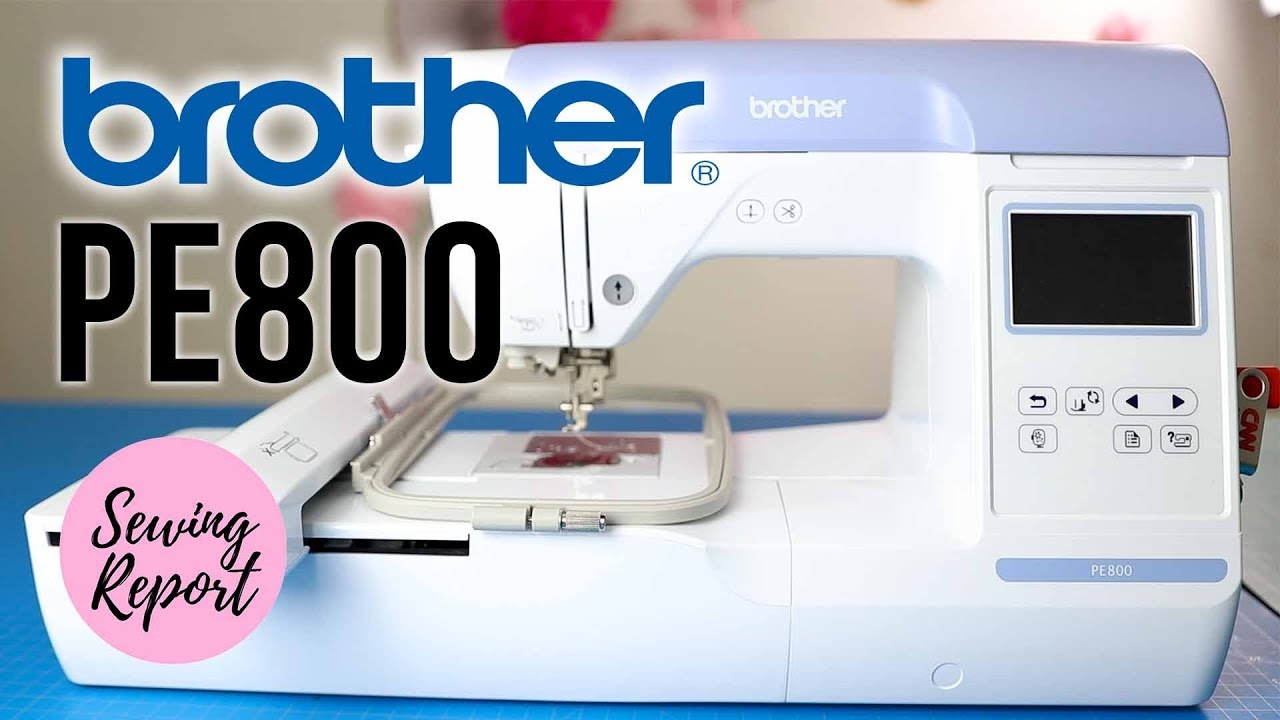Presenting Vector Graphics Across Different Screen Resolutions
Introduction: The Challenge of Consistent Vector Graphics Display
In a digital world characterized by diverse screen resolutions, maintaining the clarity and quality of vector graphics is a crucial concern. Vector images are resolution-independent, but displaying them accurately across various screens poses challenges. In this article, we explore how vector graphics adapt to different resolutions and ensure their sharpness on high-resolution screens.
Adaptive Scaling: The Strength of Vector Graphics
Vector graphics are composed of mathematical equations, allowing them to scale seamlessly without loss of quality. This inherent characteristic makes vector images ideal for varying screen resolutions. Whether displayed on a small smartphone or a large high-definition monitor, vector graphics maintain their sharpness and clarity, adapting effortlessly to different sizes.
Responsive Design and Media Queries: Tailoring to Devices
Responsive web design has revolutionized the way vector graphics are presented across devices with varying resolutions. Using CSS media queries, designers can specify different styles and sizes for vector images based on screen dimensions. This ensures that the graphics are optimized for each device, creating a consistent and visually pleasing experience for users.
High-DPI Displays and Retina Screens: Ensuring Sharpness
High-DPI (dots per inch) displays, such as Retina screens, demand even higher image clarity. To meet this requirement, vector graphics need to be created with precision. Designers should consider using higher resolutions when creating vector images to ensure they appear sharp on high-DPI screens. Additionally, optimizing line thickness and employing techniques like anti-aliasing contribute to enhanced visual quality.
Scalable Vector Graphics (SVG): A Future-Proof Solution
Scalable Vector Graphics (SVG) format has gained prominence due to its adaptability to various screen resolutions. SVG images are XML-based, allowing for precise definition of shapes and properties. They automatically adjust to different resolutions and screen sizes, making them an excellent choice for responsive designs and ensuring consistent image quality.
Conclusion: Seamlessly Adapting in the Digital Landscape
The versatility of vector graphics shines as they seamlessly adapt across different screen resolutions. Through responsive design, high-DPI considerations, and the utilization of SVG format, designers can ensure that their vector images maintain their sharpness and clarity, regardless of the device they are viewed on. In a world where screens come in all sizes, vector graphics remain a reliable solution for consistent and high-quality visual representation.



